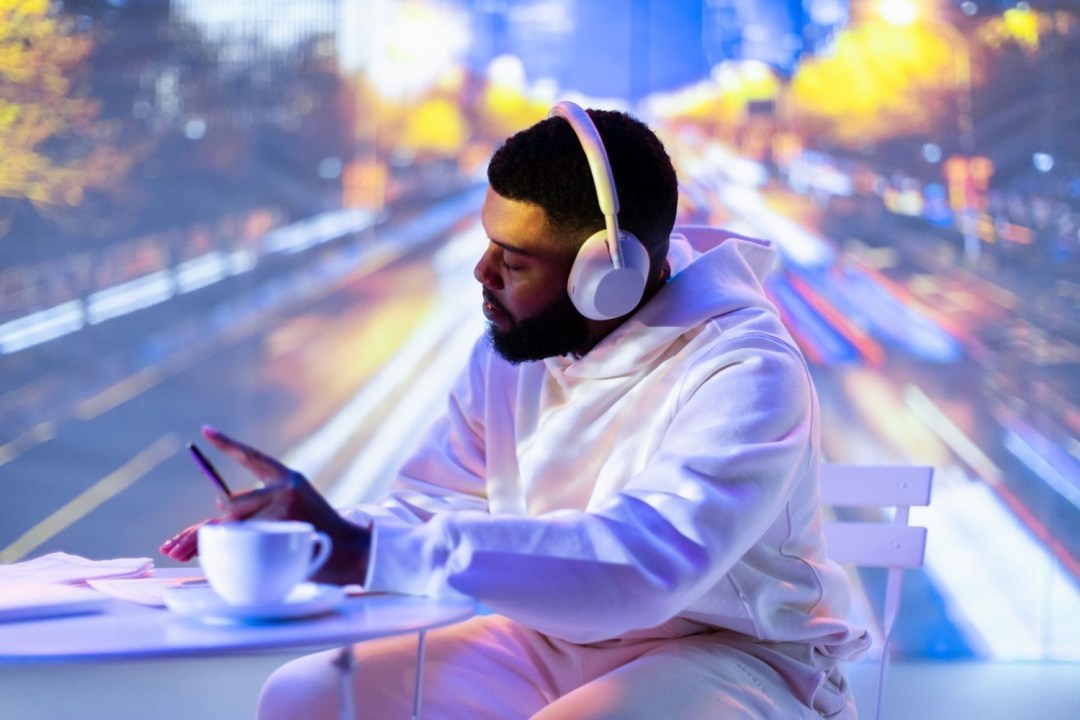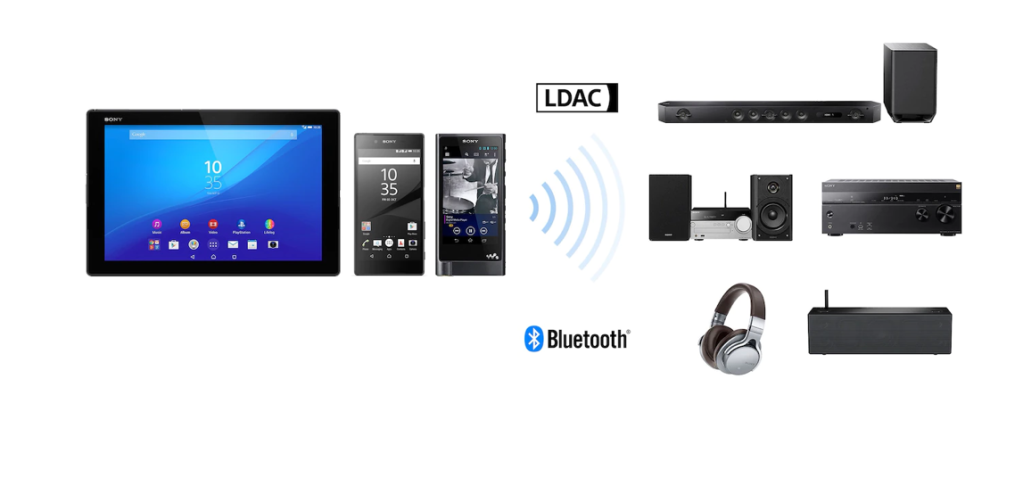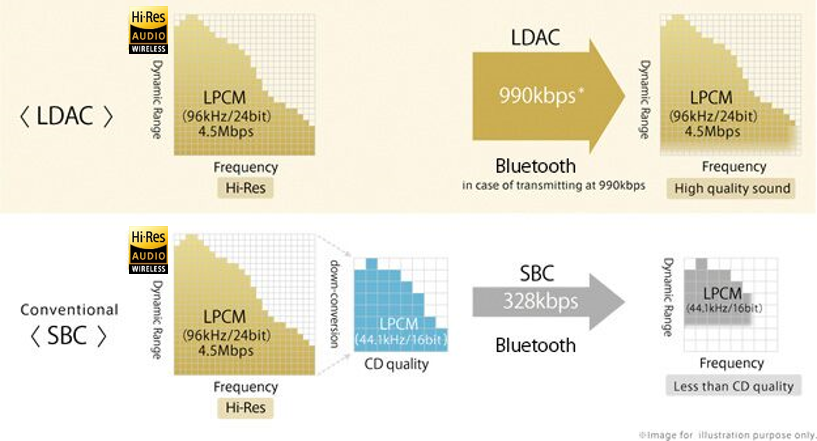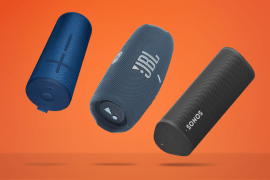What is LDAC / LHDC? The audio codecs explained
Discover the tech that promises headphone heaven

If you’ve spent any time recently eyeing up a new pair of headphones, you might’ve spotted one or two acronyms that weren’t familiar: LDAC and LHDC. These wireless audio technologies are designed to make your headphones sound more heavenly. But what are they, and should you be seeking them out?
The two takes on high quality Bluetooth transmission are a step up from the basic codecs used by many cheaper alternatives. They use similar tech, but neither are guaranteed to be compatible with your devices. Here’s what you need to know about LDAC and LHDC, and why they matter to music lovers.
What does LDAC stand for, and where does it come from?
Nobody seems to know what LDAC stands for, but the most likely explanation is Lossless Digital Audio Codec. But its creator Sony has never confirmed or denied that, so it’s all a bit of a mystery. It could be Let’s Dance to Abba Classics, Large Dogs Are Cool or Larry’s Dad’s A…
Whatever it actually stands for, the important bit is Sony created LDAC to deliver high-resolution audio streaming over Bluetooth connections. It’s one of only two standards certified as Hi-Res Audio by the Japan Audio Society. The other is LHDC.
As you’d expect from a standard developed by Sony, you’ll find LDAC support in Sony Xperia smartphones, Sony hi-res audio players, Sony home entertainment kit, and in Sony headphones and earbuds. Many other firms support LDAC too, but if you want LDAC on an iPhone you’re out of luck. Apple devices don’t currently support LDAC and aren’t likely to.
Sony has published a list of LDAC-compatible products here.

What does LHDC stand for?
LHDC stands for Low Latency High Definition Audio Codec. It was created by a company called Savitech as an alternative to the likes of LDAC and aptX-HD. Huawei was an early adopter – its Mate 10 phablet (remember those? Now we just call ’em “phones”) was the first ever phone with LDAC onboard. The firm has since adopted its bespoke L2HC codec, but given its phones have limited appeal outside of China now they can’t run Google services, it’s even rarer to find than LHDC.
LHDC is officially part of the Android Open Source Project (AOSP), so any manufacturer can choose to enable it in their phone’s operating system – but not all of them do. This is also true for LDAC.
What’s a codec?
Codec is a portmanteau of “encoder/decoder” or “compressor/decompressor”. Usually it describes a technology that makes file sizes smaller and easier to transmit without sacrificing too much – or in some cases any – of the originals’ quality.
Codecs have been with us for decades because we’ve always wanted to transmit more data than our existing technology allowed. In the case of LDAC and LHDC, because we wanted to transmit better quality audio than Bluetooth was designed to deliver.
With a normal Bluetooth connection, audio is transferred at roughly 300 kilobits per second. That’s a lot of data, but it’s not all the data (or all the data Bluetooth is now capable of shifting; more of that in a moment).
A CD quality recording is 1,411 kilobits per second, so if it’s streaming at 300kbps then clearly you’re not getting to hear the whole thing. And these days CD quality is seen as rather old hat in serious audio circles: high-res FLACs and DSD files with even higher sampling rates and higher bit rates is where it’s at. Normal Bluetooth codecs can’t cope with that at all.

Where do LDAC and LHDC come in?
LDAC and LHDC are designed to deliver better audio quality through more efficient compression. While every important audio codec can squeeze audio files down in size, LDAC and LHDC can do it much more efficiently – so they can deliver better quality streaming over the same connections. In the case of Sony’s LDAC, it can take the 1,411 kilobits of a CD quality recording down to 990kbps without losing any of the audio information. With Bluetooth 4 onwards delivering data rates of 1,024 kilobits per second or more, that means LDAC can deliver CD quality or better over Bluetooth.
Or at least, it does if two other things are true. First of all, both your phone and your headphones need to have a version of Bluetooth that delivers the necessary data rates. And secondly, both your phone and your headphones need to work with the LDAC codec. If your phone supports LDAC but your headphones don’t, or vice versa, then LDAC won’t be available.
That very much depends on what you want to listen to and what you’ll be listening to it on. If you’ll be sitting on the sofa streaming delicate music from a really high quality source such as Super Audio CD, Tidal Hi-Fi, Qobuz or your own collection of hi-res audio files to an equally high quality set of headphones then yes, it’s absolutely worth having; it’s a bit like the difference between 4K on a basic TV and 4K on a really good, big OLED TV.
On the other hand, if you’re streaming Spotify on the subway, then the answer’s a definite no: Spotify doesn’t stream at high enough audio quality for LDAC or LHDC to be necessary. And even with noise cancelling, you’re not really going to benefit from higher res audio in such a noisy environment.


